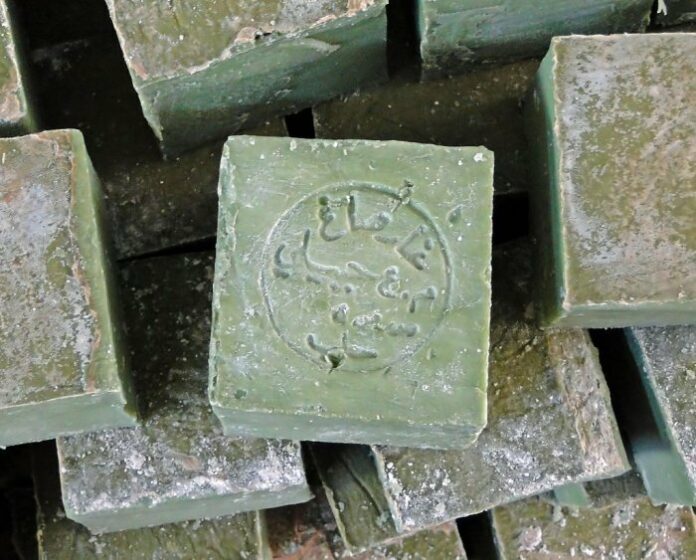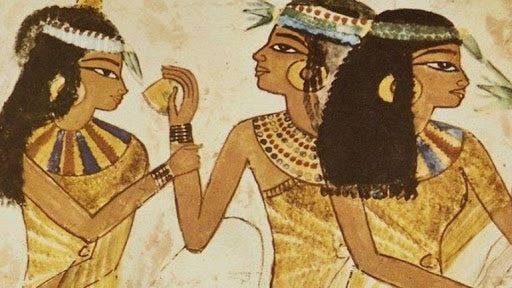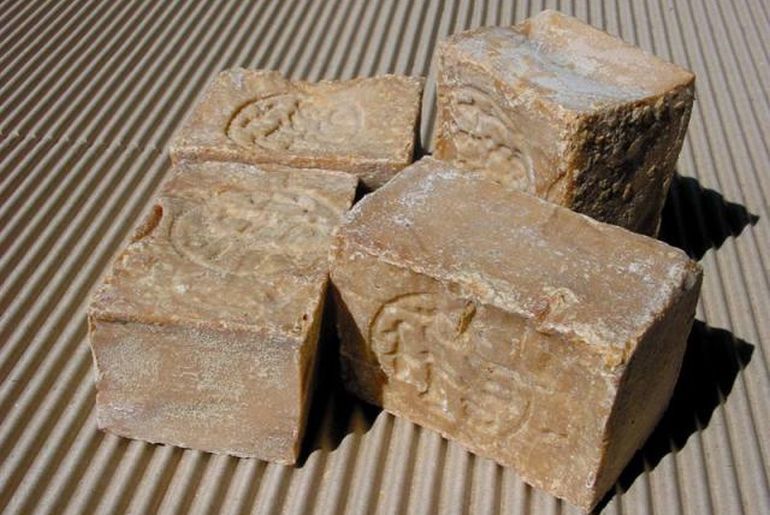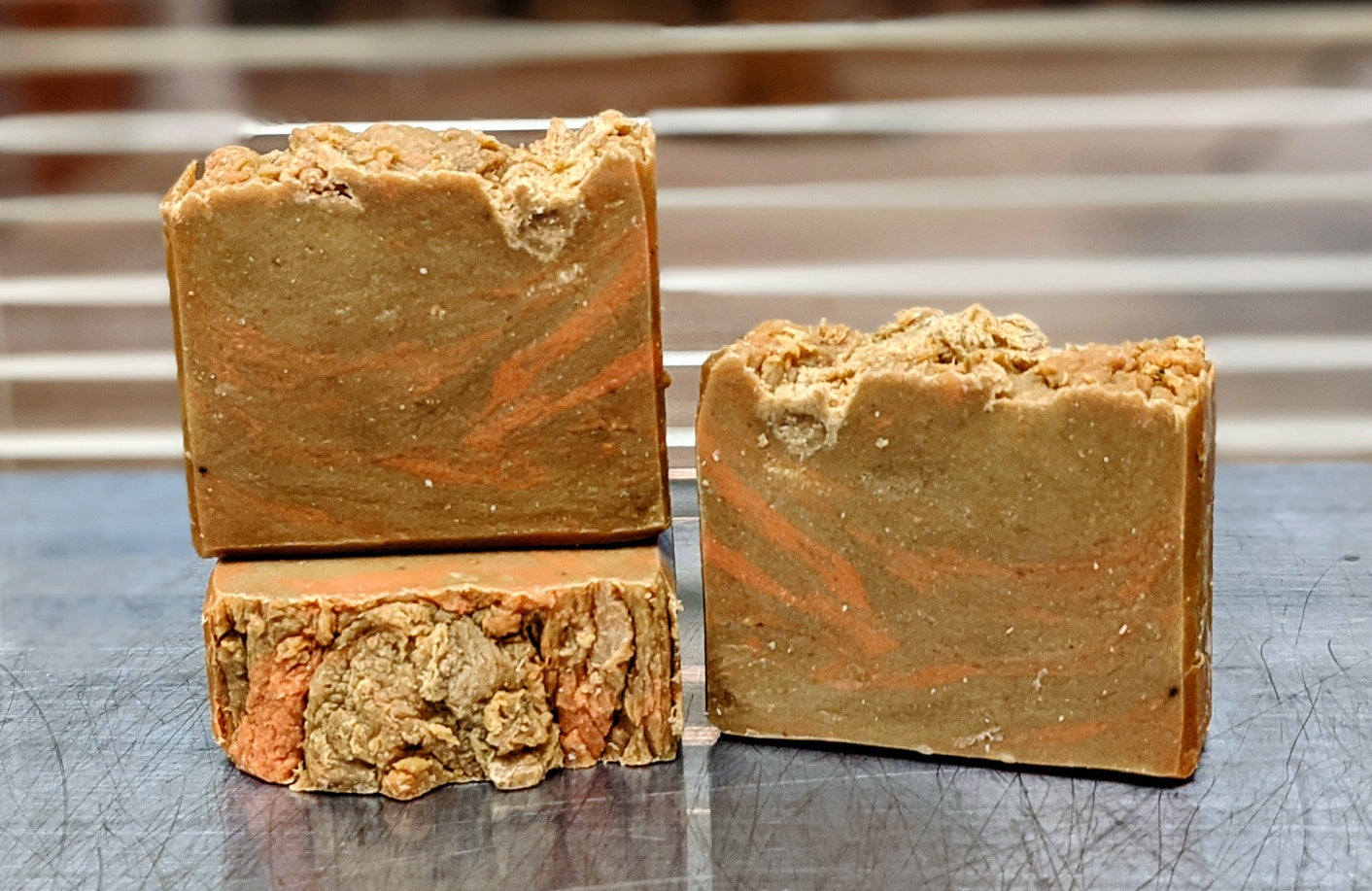Soap boasts a rich history that dates back at least 5,000 years, making it one of humanity’s earliest inventions. Its evolution from ancient Mesopotamia to present-day applications showcases the creativity of early societies alongside subsequent scientific advancements. This article delves into the origins of soap, its initial uses, and the scientific principles that contribute to its effectiveness.
The Origins of Soap in Ancient Mesopotamia

The first recorded use of soap can be traced to the Sumerian civilization during the Bronze Age, around 2800-2300 BCE, in what is now southern Iraq. Sumerian writings from that era reveal detailed descriptions of basic soap-making methods. These ancient recipes involved boiling the resin from coniferous trees, such as firs, along with water and alkaline materials sourced from plant ashes.
The result was a rudimentary form of soap, primarily appreciated for its medicinal properties rather than for routine cleaning. The Sumerians mainly employed this early soap in therapeutic practices, such as treating skin ailments and wounds, demonstrating their recognition of its health benefits over its utility for daily hygiene.
Improvements by the Babylonians and Egyptians

The craft of soap-making advanced significantly thanks to contributions from subsequent civilizations, particularly the Babylonians and Egyptians. The Babylonians enhanced Sumerian techniques by adding plant ashes to create a more effective alkaline base. They also began incorporating animal fats and vegetable oils, like olive oil, which improved the soap’s cleaning capabilities and produced a more stable product. This refined formulation yielded soap that was not only more effective but also more versatile.
The Egyptians, known for their advancements in chemistry and medicine, further perfected these methods. By experimenting with various combinations of oils and fats, along with additives like fragrances and colorants, they developed more intricate soap formulations. Their soap-making process typically involved boiling animal fats with alkaline salts, resulting in a product that was both effective and pleasant to use. These sophisticated methods set the stage for a variety of cleansing products, showcasing their profound understanding of chemical processes and their practical applications in everyday life.
Soap’s Medicinal Uses
In antiquity, soap served a dual purpose beyond mere cleansing; it was also valued for its therapeutic properties. A notable example is a Sumerian text from around 2200 BCE that details soap’s use as a remedy for various skin conditions. This document describes a method where soap was applied to cleanse individuals suffering from issues like rashes or infections. Although the specific medicinal beliefs regarding soap’s effectiveness are not fully documented, it is clear that ancient civilizations, including the Sumerians, recognized soap for its potential health benefits.

The therapeutic use of soap was not exclusive to the Sumerians. Many ancient cultures, including the Egyptians and Babylonians, also acknowledged its effectiveness in treating skin disorders. These societies often combined soap with other treatments to tackle conditions ranging from minor irritations to more severe infections. This historical context reinforces the belief in soap’s healing properties—a notion supported by modern science, which affirms that soap’s cleansing ability and mild antiseptic qualities played a crucial role in promoting health and hygiene in ancient times.
Scientific Understanding of Soap’s Function

The early chemists of antiquity were inadvertently on the right path. Modern science has uncovered that soap functions through molecules known as micelles. When mixed with water, these molecules arrange themselves into spherical structures, with hydrophobic (water-repelling) tails directed inward and hydrophilic (water-attracting) heads facing outward. This configuration enables micelles to encase and capture dirt and oil, which are subsequently rinsed away with water.
Conclusion

The evolution of soap from its ancient origins to its contemporary role in hygiene illustrates the significant strides made in human comprehension of chemistry and cleanliness. What began as a simple medicinal concoction in ancient Mesopotamia has transformed into a sophisticated product grounded in well-understood scientific principles. Today, the concepts established by early civilizations continue to inform the effectiveness of modern soaps, highlighting the lasting impact of their innovations.

